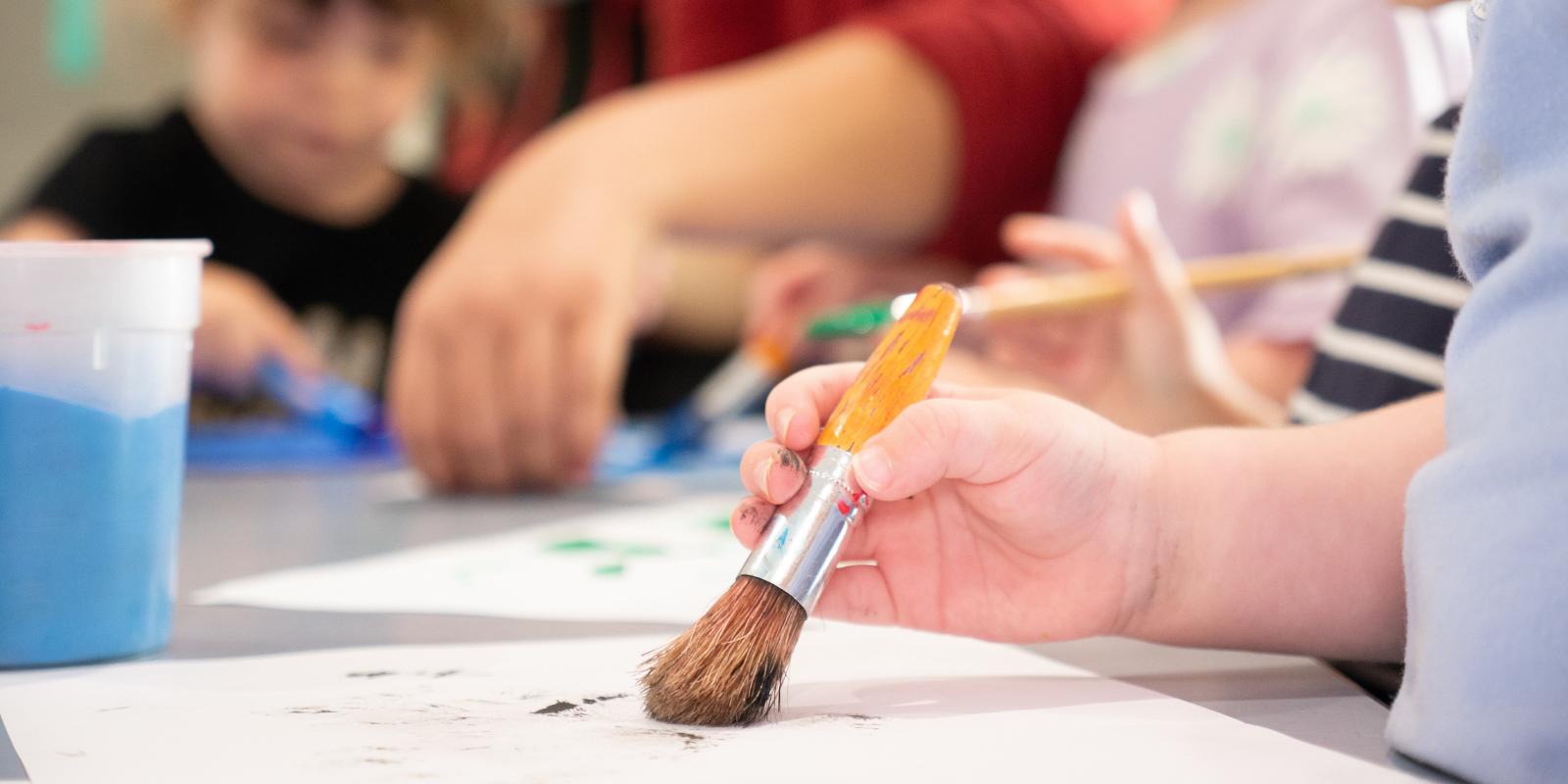Your local ELC explains the differences between fine and gross motor skills.
Parents are often told about the importance of gross and fine motor skills, but sometimes, an explanation on what fine and gross motor skills are not given. Your local early learning centre is here to explain!
Fine Motor Skills
Fine motor skills involve making movements using your smaller muscles, such as your hands, fingers, and wrists. The development of fine motor skills is crucial for children as these skills are used to do key tasks like writing, drawing, playing with small toys and everyday tasks.
Ways to help the development of fine motor skills:
- button and unbutton shirts
- work a zipper
- build a tower of blocks
- paste things onto paper
- play with Lego
- clapping hands together
- touching fingers together
- complete puzzles with five or more pieces
- cut out simple shapes with safety scissors
- start using pencils and crayons to colour, draw and write
The development of fine motor skills allows for increased independence. Additionally, fine motor skills when combined with hand-eye coordination allows for more doors to be open for creativity, exploration, and learning.
Gross Motor Skills
Gross motor skills require full-body movement, this involves large (core stabilising) muscles. The development of gross motor skills can be seen at the very beginning of your child’s development, for example, when they first crawled or walked.
Ways to help the development of gross motor skills:
- Playing hopscotch
- Group sports that involve running, throwing, or kicking.
- Playground play
- Balloon and bubble play
- Tricycles, scooters, and pedal cars
- Dancing
- Obstacle courses.
Gross motor skills are crucial for children to perform everyday functions, the key ones being walking and running.
YOU MIGHT ALSO LIKE TO READ:
The Benefits of Sensory Play
In addition to being fun and exciting for your child, sensory activities are important throughout childhood and play a vital role in many physical and mental developments and skills. – READ MORE






